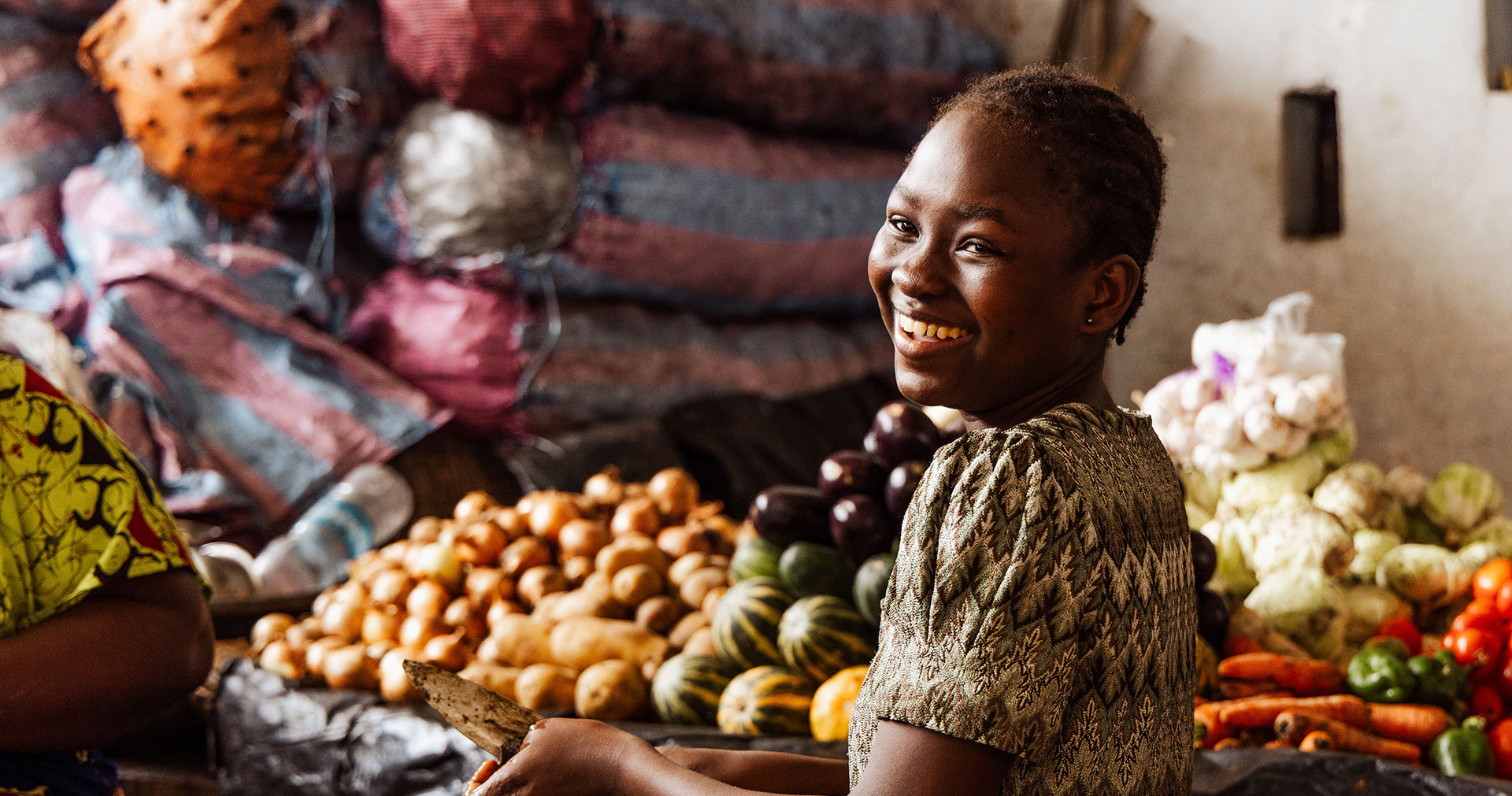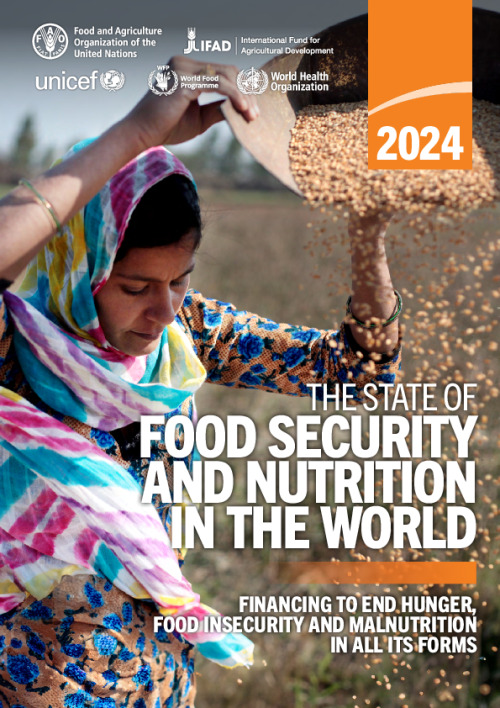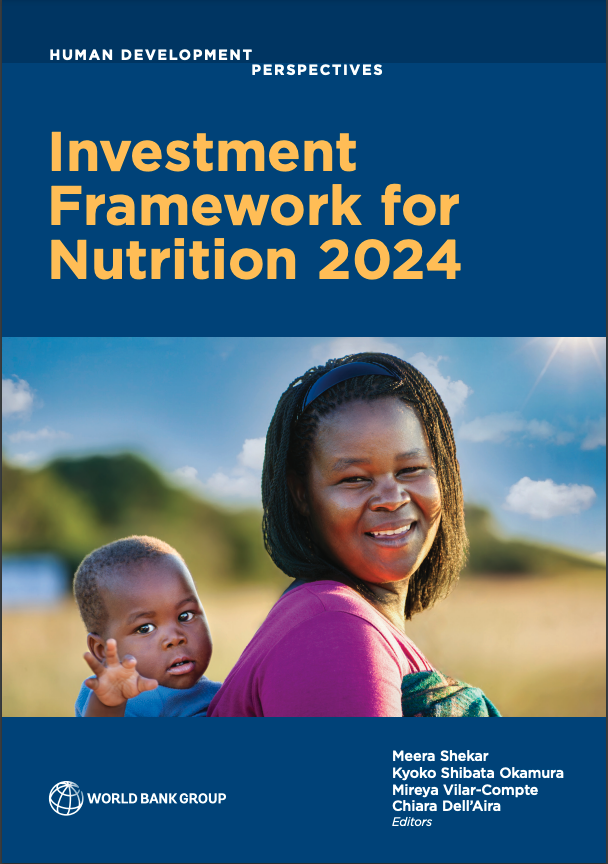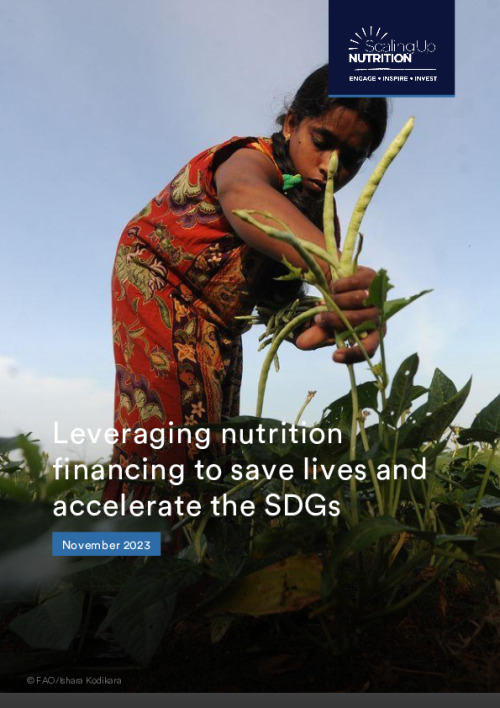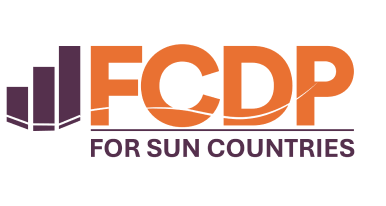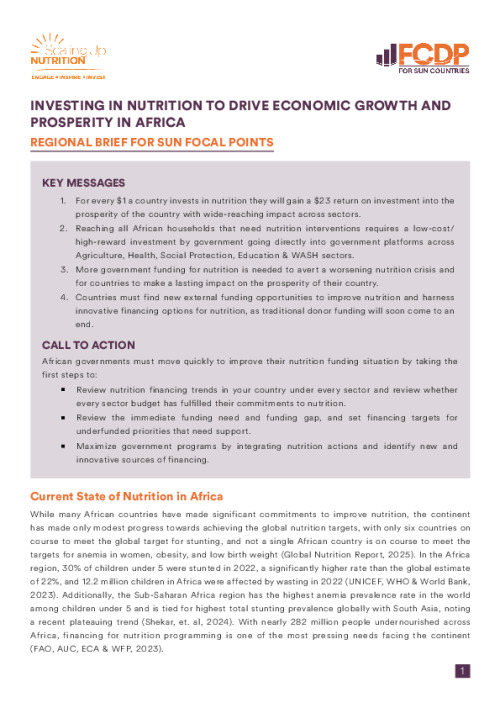Sustainable Financing for Nutrition
To achieve the Sustainable Development Goals (SDGs) by 2030, we must intensify our efforts to combat all forms of malnutrition. This requires a significant boost in sustainable funding for nutrition and smarter use of resources to maximize nutrition benefits across various sectors.
Over the past decade, the financial landscape for nutrition has evolved, thanks to the efforts of SUN country governments and their partners. Many SUN countries have developed and costed nutrition plans that identify priority actions across multiple sectors, including health, water, education and social protection. In addition, many of these plans also identify opportunities to improve the public financial management system to better support cross-cutting areas like nutrition. Since 2013 many countries have also made commitments during Nutrition for Growth (N4G) Summits, where collective progress towards eliminating malnutrition is tracked.
However, much work remains, as most countries are not on track to meet their World Health Assembly nutrition targets or their nutrition-related Sustainable Development Goals (SDGs). The global Investment Framework for Nutrition outlines the priority, evidence-based interventions and the estimated scale-up costs needed to meet these goals, including the accumulated benefits of investing in nutrition, for human health and for the global economy. These evidence-based interventions are necessarily multi-sectoral, requiring that nutrition is effectively mainstreamed into investments in agriculture, climate action, social protection, education, and WASH (water, sanitation, and hygiene) programs, among others. Achieving this requires not only financial resources but also policy commitments to ensure nutrition is a core part of program designs.
